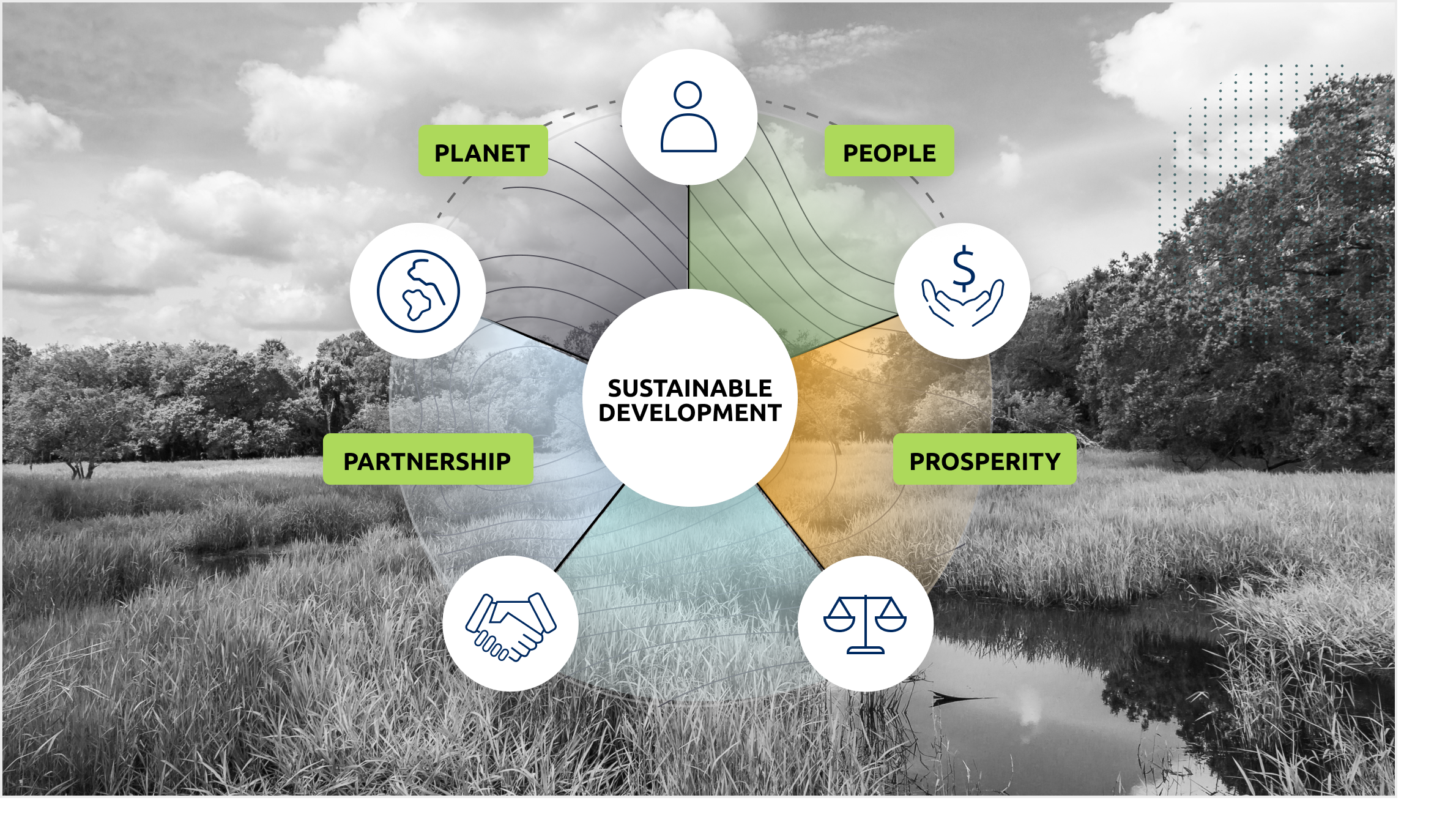
In a recent court case involving a defendant from Idaho, the Supreme Court made a significant ruling regarding the Clean Water Act. This law, established in 1972, has long been used to regulate waters connected to navigable waterways. However, the Court’s decision redefined the scope of wetlands and changed its impact on developers nationwide. In this article, we will examine the ruling’s details and explore its dual relevance to commerce and environmental protection.
The Broad Definition of Wetlands

Decades ago, regulators were able to exert more authority under the Clean Water Act by using a broader definition of wetlands. However, the Supreme Court has since ruled that this interpretation no longer applies. The Court determined that for a wetland to be subject to the Act’s regulations, it must have a visible surface connection to a navigable waterway. Without such a connection, the wetland would not be considered as “water of the United States,” and therefore would not require permits.
The ruling holds significant implications, especially for developers. It signifies that an immense volume of water, equal to the size of California, may potentially be extracted without burdensome wetland permits. From a developer’s standpoint, this outcome brings forth positive prospects by alleviating the regulatory challenges associated with wetland impacts and facilitating smoother property development.
The Commerce Perspective

The Clean Water Act holds great historical significance as it regulates waterways from a commerce perspective. These navigable waterways play a vital role in transporting goods and materials throughout the United States, functioning as a key driver of economic activity. The recent Court ruling further reinforces the Act’s original purpose by limiting the definition of wetlands to those connected specifically to navigable waterways. This decision underscores the Act’s aim to regulate waters that directly impact commerce.
Environmental Considerations

The Clean Water Act is strongly supported by the Commerce Clause, but it’s important to recognize that the Act has a broader focus on protecting the environment. It was enacted in 1972 with the purpose of safeguarding the environment, specifically wetlands, which are vital for water storage and ecological balance. Critics argue that developing these wetlands could result in detrimental consequences, such as increased flooding and environmental degradation, which can adversely affect local communities.
Revisions to EPA Rules

As a result of the Supreme Court ruling, the Environmental Protection Agency (EPA) has made changes to its wetland permit rules. Now, developers have the option to submit applications to the Army Corps in cases where isolated wetlands are not connected to navigable waterways. This revision allows developers to simplify their permit process if they can prove that surface connections are absent.
Complications and Further Considerations

Despite the potential benefits for developers, the Supreme Court’s ruling introduces complications. These complexities extend beyond expressing concerns of environmentalists regarding water storage and local flooding. It becomes crucial to examine the broader implications that increased development has on natural habitats, wildlife, and the long-term sustainability of ecosystems. The challenge lies in finding a balance between economic progress and environmental preservation, demanding thoughtful consideration and responsible decision-making.
Consultations with Federal Agencies

Developers should be aware that when it comes to projects potentially impacting federally regulated areas, the United States Army Corps of Engineers is obligated to consult with other federal agencies. One such consultation occurs with the U.S. Fish and Wildlife Service in relation to endangered species. The federal Endangered Species Act maintains a list of protected species at risk. If a property’s wetlands harbor endangered species, acquiring a wetlands permit necessitates collaboration between the Army Corps of Engineers and the Fish and Wildlife Service. The resultant permit will include a biological opinion, indicating required mitigation measures if any impacted species are affected.
Time Constraints and Mitigation

The process of consultation between the Army Corps of Engineers and the U.S. Fish and Wildlife Service follows a specific timeline. These agencies have established requirements and regulations for completing consultations within a set period. When developers submit an application for a wetlands permit, they expect to receive permission to remove the wetlands and any federally listed species associated with them eventually. However, if there are no wetlands on the property requiring a permit, developers must directly approach the Fish and Wildlife Service for an incidental take permit. Unfortunately, this particular process tends to be much longer, as their regulations do not specify a time limit. Some developers have encountered delays ranging from 10 to 15 years without any guarantee of approval. Such prolonged timelines significantly impact the overall duration of the development project.
State Regulations and Waters of the State

If you’re wondering about the legal status of wetlands, it’s essential to note that while federal regulations may not always cover them, many states have their own laws in place for protection. These state laws step in when the federal regulations fall short and designate these areas as Waters of the State. As a result, developers might need to obtain permits from state agencies like the State Water Resources Control Board. It’s worth mentioning that even if a state requires permits for wetland removal, it may not necessarily expedite the overall permitting process. For instance, states like Texas or Tennessee with more relaxed regulations might not require any permit at all. Consequently, specific permitting requirements vary depending on the individual state and its environmental regulations.
Seeking Expert Guidance

If you’re facing the complexities of the permitting process, it’s crucial to seek expert advice. Navigating the intricacies successfully requires professional guidance. At Cox Planning Solutions, we specialize in guiding projects through the complicated permitting process, especially when dealing with wetlands or other environmental resources. Our team can help you understand the specific regulations that apply to your projects and provide strategies to expedite the approval process. If you have concerns about the recent Supreme Court ruling and its impact on your development, reach out to us for expert guidance and assistance.
Summary

The recent Supreme Court ruling has undoubtedly brought changes to the wetland permitting process for developers. While the narrower definition of wetlands seems to offer some relief, consultations with federal agencies and state regulations can still complicate the approval timeline. Developers must be aware of the potential involvement of the U.S. Fish and Wildlife Service in cases where endangered species are present. Additionally, state regulations may require permits even if federal regulations do not. Navigating these complexities necessitates seeking professional guidance to ensure compliance and timely project approval. For more environmental advice and assistance, visit our website at coxplanningsolutions.com and follow us on YouTube and LinkedIn. If you have concerns about the recent Supreme Court case and its impact on your development project, contact us for personalized assistance.




